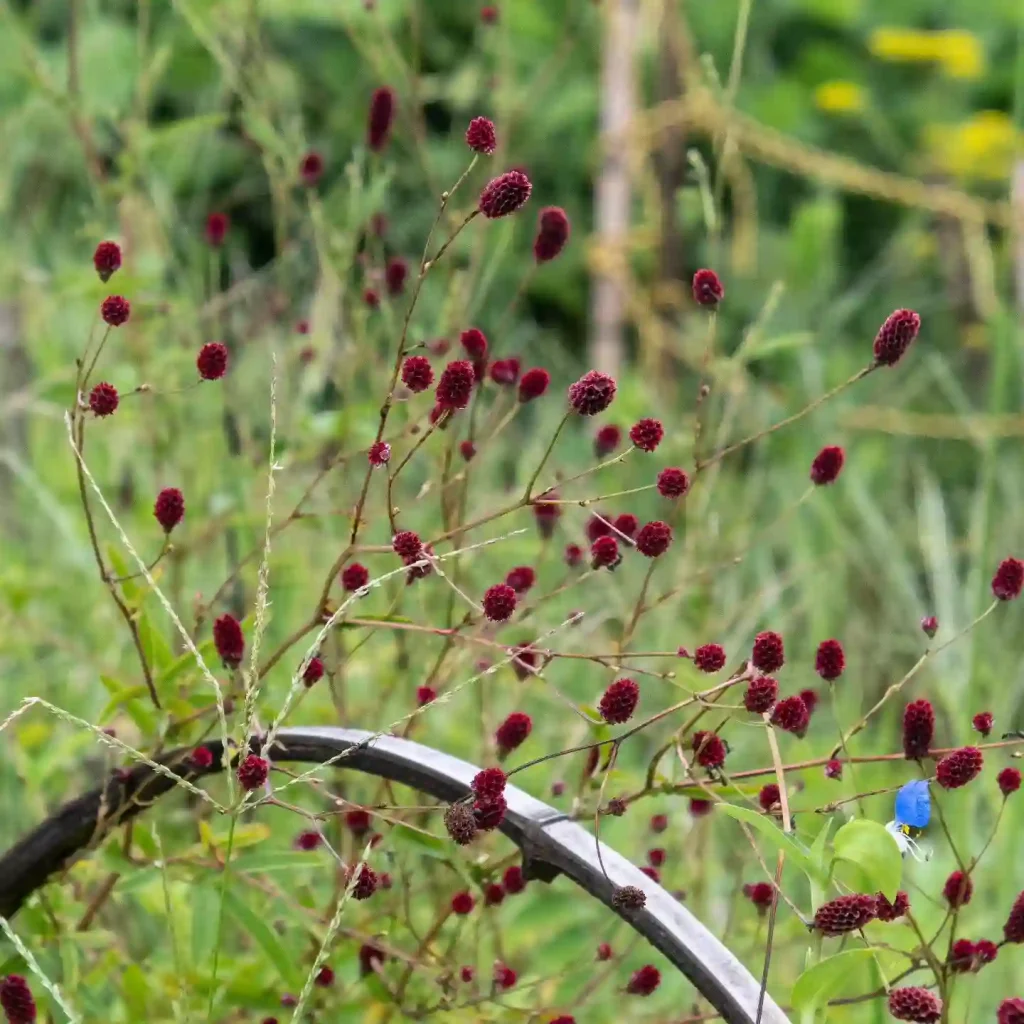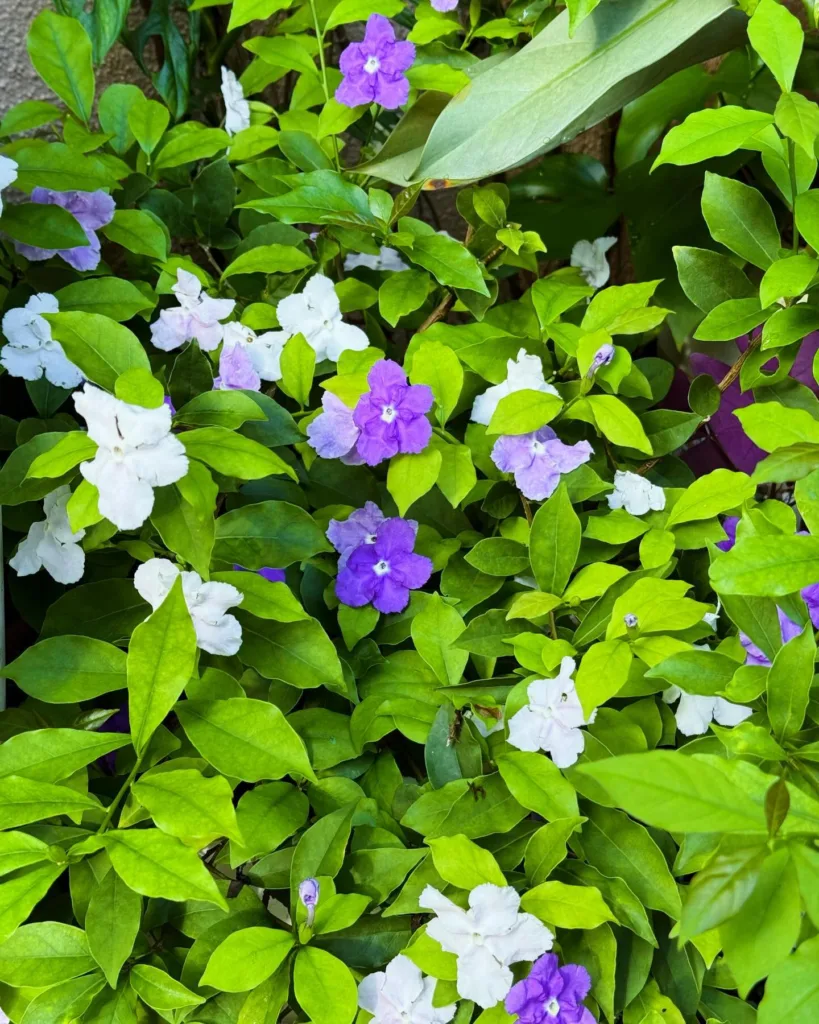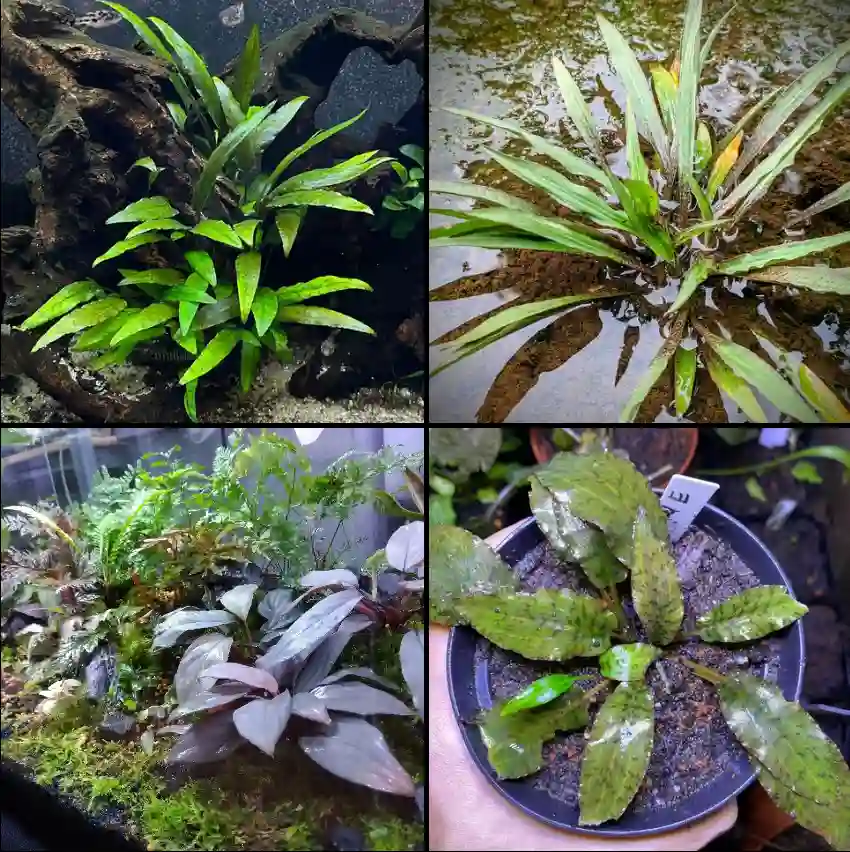Exploring the Macarthuriaceae Family
The plant family Macarthuriaceae is one that I’ve found intriguing for several reasons. It is a small, lesser-known family, but the plants within it have unique features that make them fascinating. If you’ve been looking to broaden your plant knowledge, the Macarthuriaceae family, specifically the Macarthuria genus, is worth investigating.
The Origins and Distribution of Macarthuriaceae
The Macarthuriaceae family is endemic to Australia, which means it naturally occurs only there. The plants in this family thrive in some of the most challenging environments, from arid deserts to coastal regions. Their adaptation to Australia’s harsh climate makes them resilient and fascinating to grow in various conditions.
I find this family interesting because it’s relatively new in botanical classification. It wasn’t until 2014 that botanists recognized Macarthuriaceae as a distinct family, separate from its previous association with the Caryophyllales order. This shift happened because molecular studies revealed that these plants shared a unique evolutionary lineage.
The Macarthuria Genus
At the heart of the Macarthuriaceae family is the genus Macarthuria. This genus includes several species, though it’s not as vast as some other plant genera. What stands out to me about Macarthuria is its small, delicate flowers and its tough, drought-resistant characteristics.
One of the species within this genus that I admire is Macarthuria australis. It’s a resilient plant, growing in dry areas and known for its beautiful, albeit small, white or yellow flowers. When I first learned about this genus, I was surprised at how understated yet impressive these plants are. They can survive in tough environments where other plants may struggle, yet they produce delicate blossoms that bring a touch of elegance to otherwise rugged landscapes.
Unique Adaptations for Survival
What draws me to the Macarthuria genus is its unique survival tactics. These plants are typically xerophytic, meaning they’ve evolved to thrive in environments with limited water. In Australia’s arid regions, they’ve developed mechanisms to store water in their roots or leaves and minimize water loss through reduced leaf surface area.
In my experience, plants with these types of adaptations are incredibly hardy. They make great additions to gardens that require low-maintenance species. If you live in a dry climate or want a plant that can survive occasional neglect, exploring species from the Macarthuriaceae family might be worth considering.
Cultivation and Growing Conditions
If you’re like me and enjoy experimenting with less common plants, growing Macarthuria species can be an exciting challenge. Since these plants are native to Australia’s diverse climates, they are well-suited to dry and sandy soils. They prefer full sun exposure and can handle heat well. One thing I’ve noticed when growing plants from arid environments is that they don’t need frequent watering, but they do appreciate well-draining soil.
While these plants are not widely cultivated, the unique characteristics of the Macarthuria genus make them an excellent choice for xeriscaping—landscaping that reduces the need for irrigation. In my view, incorporating such drought-tolerant species into your garden not only conserves water but also adds an element of biodiversity that’s often overlooked.
Ecological Role and Conservation
Another reason I admire the Macarthuria genus is its role in Australia’s ecosystems. These plants contribute to the biodiversity of the regions they inhabit, supporting local fauna by providing food and habitat. In some cases, Macarthuria species may help stabilize soil in fragile ecosystems, preventing erosion in sandy or dry areas.
However, like many native Australian plants, the Macarthuria genus faces conservation challenges. Habitat destruction and climate change have threatened some species within the family. Preserving these plants not only helps maintain biodiversity but also safeguards the ecological services they provide.
Final Thoughts on the Macarthuriaceae Family
As someone who enjoys exploring plant families that aren’t as mainstream, I find the Macarthuriaceae family to be a hidden gem. The Macarthuria genus, with its resilience and understated beauty, offers a lot to anyone looking for unique plants that can thrive in challenging environments.
Whether you’re a seasoned botanist or a gardening enthusiast like me, I encourage you to delve into the world of Macarthuriaceae. While they may not be the most well-known plants, their unique adaptations and contributions to the ecosystem make them truly fascinating.
By cultivating and learning more about these plants, we can not only expand our knowledge but also contribute to the preservation of a family that has quietly thrived in some of the world’s most demanding landscapes.
If i die, water my plants!



